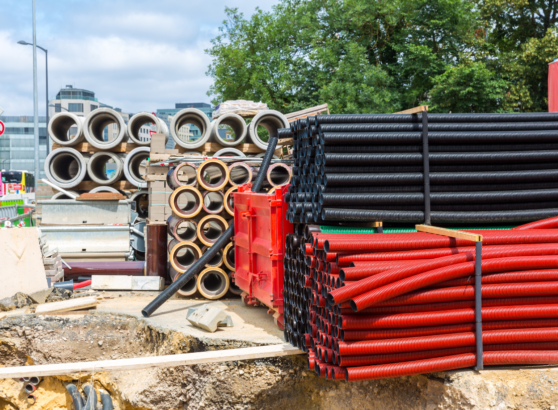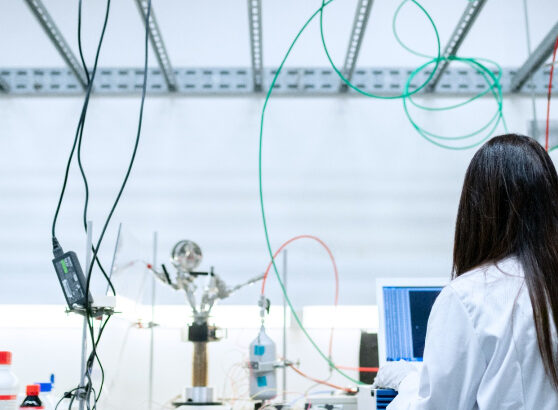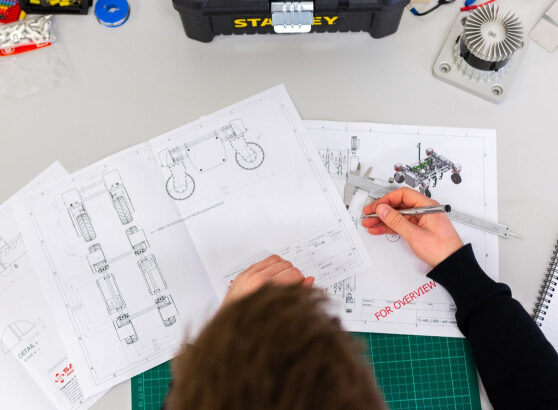Explore the critical components of workplace safety engineering, how it contributes to a secure work environment, and its significance in ensuring the well-being of employees and the success of businesses.
“Workplace safety engineering is a multidisciplinary approach aimed at creating and maintaining a secure work environment. By integrating engineering principles, risk assessment, and safety protocols, workplace safety engineering plays a pivotal role in safeguarding the well-being of employees and contributing to the overall success of businesses. In this guide, we’ll delve into the critical components of workplace safety engineering and highlight its significance in fostering a secure and thriving workplace.”

A safe work environment fosters employee morale and satisfaction, leading to increased productivity. When employees feel secure and supported, they are more likely to focus on their tasks, contributing to the overall success of the business.
Workplace accidents and occupational illnesses can result in significant operational costs, including medical expenses, worker compensation, and potential legal fees. Workplace safety engineering helps minimize these costs by preventing incidents and promoting a healthy workforce.
“Workplace safety engineering is essential for the long-term sustainability of businesses. By preventing accidents and occupational illnesses, businesses can maintain a skilled and healthy workforce, ensuring stability and continuity in their operations.”
























